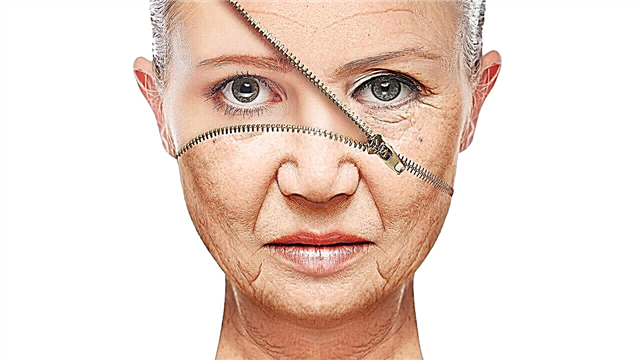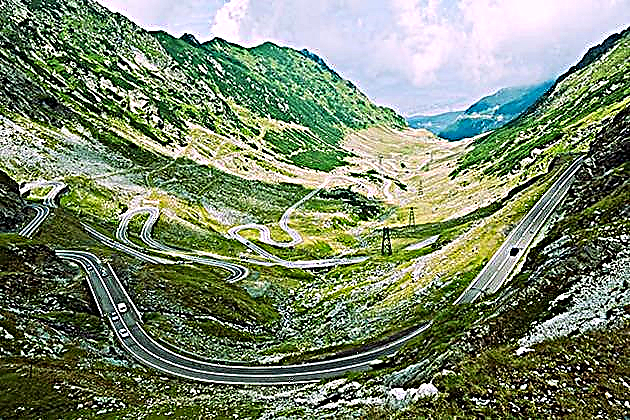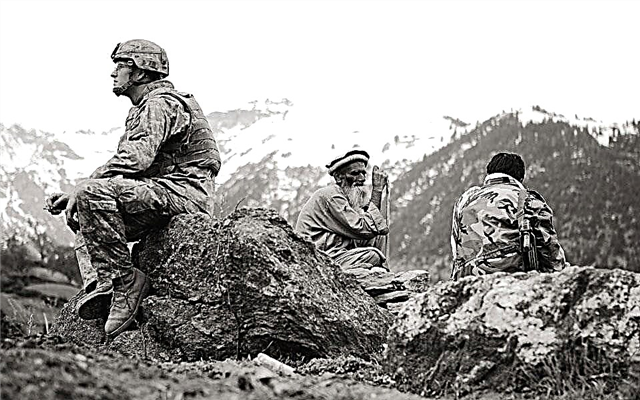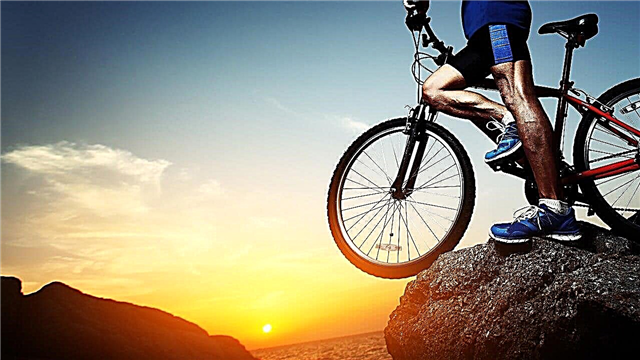Summer in the minds of most people is an exceptional time of the year when you can relax from work or study, plenty of fruit and at least swim all day in a river or sea. But summer is one of the most dangerous times of the year. Here are the top 10 worst summer dangers.
10. Mosquitoes
 These vile insects appear when the temperature reaches about 10 degrees Celsius. They thrive in hot weather, and in summer the number of mosquitoes reaches its peak. They do not just cause trouble with their bites, causing itching and redness of the skin. Mosquitoes pose a more serious threat. Often people associate mosquito-borne diseases with less developed countries. Nevertheless, this is far from the truth. In Russia, European countries and the USA, cases of human disease occur annually due to mosquitoes. The worst outbreak in the Russian Federation occurred in 2010 in the Volgograd region (409 cases). Most often, this comes from the entry into the human body of a virus that causes West Nile fever. This disease can cause brain damage and death. Fortunately, there are many effective mosquito repellents.
These vile insects appear when the temperature reaches about 10 degrees Celsius. They thrive in hot weather, and in summer the number of mosquitoes reaches its peak. They do not just cause trouble with their bites, causing itching and redness of the skin. Mosquitoes pose a more serious threat. Often people associate mosquito-borne diseases with less developed countries. Nevertheless, this is far from the truth. In Russia, European countries and the USA, cases of human disease occur annually due to mosquitoes. The worst outbreak in the Russian Federation occurred in 2010 in the Volgograd region (409 cases). Most often, this comes from the entry into the human body of a virus that causes West Nile fever. This disease can cause brain damage and death. Fortunately, there are many effective mosquito repellents.
9. accident
 Driving has always been a dangerous business, but distractions and dangers reach a maximum in the summer.
Driving has always been a dangerous business, but distractions and dangers reach a maximum in the summer.
- Firstly, many people travel by car.
- Secondly, weather conditions play a role: it’s warm, the sun is shining and people feel more carefree, less often observe the speed limit, which can lead to accidents. During the winter, motorists are more careful and attentive. In addition, unpredictable thunderstorms and extreme heat, which increase stress levels and impair attention, play a role in frequent summer crashes.
- Thirdly, warm weather means that more and more people are riding motorcycles and bicycles, which respectively occupy 10th and 9th place in the rating of the safest modes of transport, and this creates an additional level of danger for drivers.
8. Injury season
 Injuries are one of the most dangerous and very common things that happen in the summer. Pittsburgh Children's Hospital staff reports showed that the number of children admitted to traumatology in the summer months doubles. The number of adult injuries is also increasing. Of course, you can’t keep your children at home in the summer, but proper monitoring is mandatory. Common causes of injury are falling from skateboards, bicycles and trampolines.
Injuries are one of the most dangerous and very common things that happen in the summer. Pittsburgh Children's Hospital staff reports showed that the number of children admitted to traumatology in the summer months doubles. The number of adult injuries is also increasing. Of course, you can’t keep your children at home in the summer, but proper monitoring is mandatory. Common causes of injury are falling from skateboards, bicycles and trampolines.
7. Summer fairs, carnivals, amusement parks
 It is not uncommon when a rollercoaster and other rides “get stuck” at the end of a hot and busy day, making tens of passengers nervous. But these are still flowers. Every year, about 4,000 people are injured in amusement parks and fairs combined.
It is not uncommon when a rollercoaster and other rides “get stuck” at the end of a hot and busy day, making tens of passengers nervous. But these are still flowers. Every year, about 4,000 people are injured in amusement parks and fairs combined.
6. Heat stroke and dehydration
 Dehydration is the excessive loss of body fluids. It is no secret that the human body cannot function normally without water, so dehydration can be very dangerous under certain conditions. Therefore, in the summer it is very important to drink from 8 to 10 glasses of fluid per day. In the “kit” with dehydration, heat stroke often occurs. Its symptoms can range from dizziness and disorientation to coma. During thermal shock, the victim must be moved to the shade, laid on his back or immersed in water, and provided with plenty of water.
Dehydration is the excessive loss of body fluids. It is no secret that the human body cannot function normally without water, so dehydration can be very dangerous under certain conditions. Therefore, in the summer it is very important to drink from 8 to 10 glasses of fluid per day. In the “kit” with dehydration, heat stroke often occurs. Its symptoms can range from dizziness and disorientation to coma. During thermal shock, the victim must be moved to the shade, laid on his back or immersed in water, and provided with plenty of water.
5. Burns and tanning
 Those who suffer from numerous sunburn burns, usually children and adolescents, are at greater risk of developing skin cancer later in life. Tanning can also lead to side effects such as heat stroke, dehydration, and fainting. And you just have to follow a few rules of a beautiful tan.
Those who suffer from numerous sunburn burns, usually children and adolescents, are at greater risk of developing skin cancer later in life. Tanning can also lead to side effects such as heat stroke, dehydration, and fainting. And you just have to follow a few rules of a beautiful tan.
4. Water accidents
 Drowning is in third place on the list of unintentional deaths. And about one in five people who died from drowning was under 14 years old. This suggests that these deaths could have been prevented with proper monitoring or training in swimming. Therefore, swimming lessons are highly recommended for those who plan to travel to the sea or lake. Life jackets for teens can also save the life of a young tourist.
Drowning is in third place on the list of unintentional deaths. And about one in five people who died from drowning was under 14 years old. This suggests that these deaths could have been prevented with proper monitoring or training in swimming. Therefore, swimming lessons are highly recommended for those who plan to travel to the sea or lake. Life jackets for teens can also save the life of a young tourist.
What is hidden under the surface of the water can also threaten the life and health of swimmers. Bacteria grow faster in the summer months, and in natural and artificial ponds they are full of them. When the level of microorganisms in the water reaches a certain threshold, a phenomenon called “red tide” begins. Water takes on a reddish color, and cities are forced to close their beaches to keep locals and tourists safe. The red tide can cause serious illness in people and kills fish and other living organisms.
3. Violent crimes
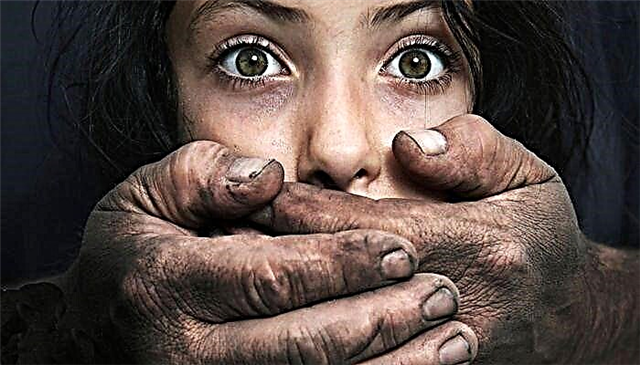 The number of murders and violent crimes is growing along with the temperature. A study at the University of Albany found that these crimes are seasonal in nature, peaking in the summer. The professors who oversaw the research suggested two possible explanations:
The number of murders and violent crimes is growing along with the temperature. A study at the University of Albany found that these crimes are seasonal in nature, peaking in the summer. The professors who oversaw the research suggested two possible explanations:
- increased aggression during heat
- and theory of possibilities.
According to the first theory, people become more aggressive with increasing temperature. And the theory of possibilities claims that the number of people on the streets is increasing, so the chances of meeting a criminal increase.
2. Food
 In second place in the ranking of the most common dangers of summer is food, especially the one bought on the street. During travel, tourists tend to try exotic fruits, dishes and it is not surprising that in the summer there is a huge amount of food poisoning and digestive upsets. Salmonella, E. coli, and other bacteria lie in wait for their victims in poorly prepared or expired foods.
In second place in the ranking of the most common dangers of summer is food, especially the one bought on the street. During travel, tourists tend to try exotic fruits, dishes and it is not surprising that in the summer there is a huge amount of food poisoning and digestive upsets. Salmonella, E. coli, and other bacteria lie in wait for their victims in poorly prepared or expired foods.
1. Animal attacks
 Animal attacks on people and injuries associated with this are frequent companions of summer. Most attacks are not related to sharks or bears, but to more common mammals. These are cows and other farm animals that are in the herd, as well as the most dangerous dog breeds, whose bite cases increase in the summer for an unknown reason. There is speculation that this is due to the large number of children playing in the streets. About 7000-8000 people bite snakes in the summer every year, since the most poisonous snakes are distributed in a limited area. And the statistics of fatal bee stings between the summer of 1999 and the summer of 2013 showed that more than 800 people were killed by bees during this period.
Animal attacks on people and injuries associated with this are frequent companions of summer. Most attacks are not related to sharks or bears, but to more common mammals. These are cows and other farm animals that are in the herd, as well as the most dangerous dog breeds, whose bite cases increase in the summer for an unknown reason. There is speculation that this is due to the large number of children playing in the streets. About 7000-8000 people bite snakes in the summer every year, since the most poisonous snakes are distributed in a limited area. And the statistics of fatal bee stings between the summer of 1999 and the summer of 2013 showed that more than 800 people were killed by bees during this period.
Although shark attacks on humans are relatively rare, they are still there. National Geographic claims that 93% of shark attacks were on men, mostly on surfers. The most deadly was 2010, when 79 shark attacks on people in different parts of the world were recorded.

